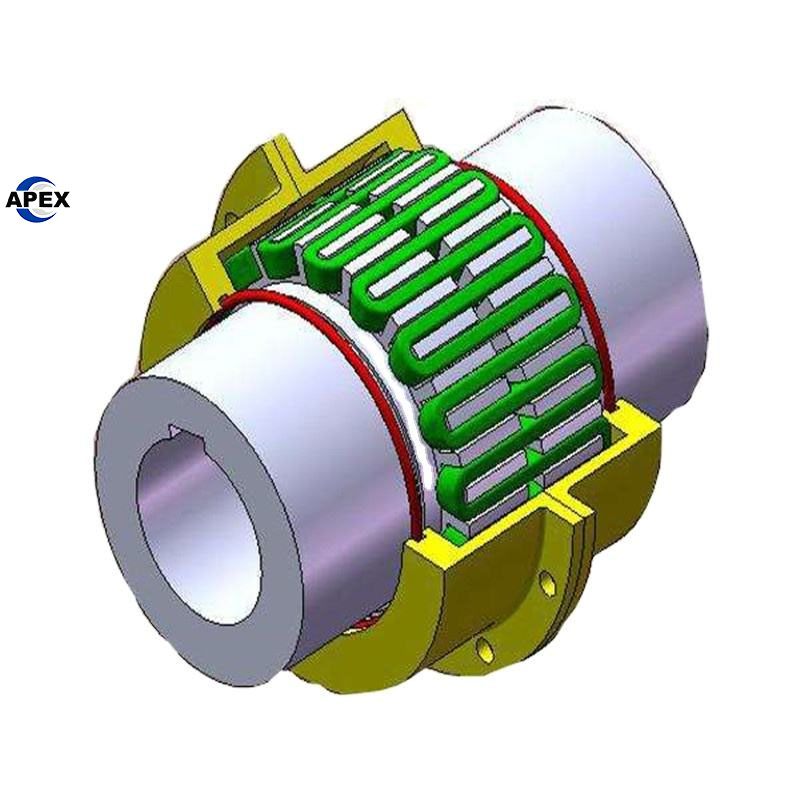Snake spring coupling installation methods
- Bearings and sleeves for shaft connections
- High-torque snake spring coupling
- Snake spring coupling installation methods
Difference Between Disassembly Sleeve and Locking Sleeve in Snake Spring elastic Coupling | Installation Methods Explained
1. Difference Between Disassembly Sleeve and Locking Sleeve in Snake Spring Couplings:
The disassembly sleeve and locking sleeve are two important components in the construction and installation of snake spring couplings, widely used for high-torque machinery. Let’s take a closer look at the differences and applications of these components:
Disassembly Sleeve:
The disassembly sleeve is used for installing bearings on a stepped shaft with a tapered bore. It is pressed into the bearing hole near the shaft shoulder or fixed part. The bearing is then positioned by a locknut or end plate.
This sleeve requires significant force to overcome the friction between the bearing and the disassembly sleeve, especially in larger bearings. Hydraulic nuts are often used to make disassembly easier.
Locking Sleeve:
The locking sleeve is more commonly used for positioning bearings on a cylindrical shaft. It can be installed on smooth shafts or stepped shafts. Locking sleeves provide easy installation without additional fixing parts on the shaft.
When used in conjunction with stepped rings, they allow for precise axial positioning of the bearings and simplify bearing unloading.
2. Installation Methods for Snake Spring Couplings:
Here are several installation methods commonly used for snake spring couplings to ensure secure connections and stable operation:
Positioning Screw Fixing:
Positioning screws are used to lock the shaft at 90 degrees. While effective, this method can sometimes damage the shaft or make removal difficult due to contact between the screw ends and the shaft.
Clamping Screw Fixing:
This method uses hex screws to apply tightening force, which contracts the gap and secures the shaft tightly. This method is easy to install and remove, causing no damage to the shaft, making it one of the most commonly used methods.
Key Slot Fixing:
Suitable for high-torque transmissions. To prevent axial movement, it is often combined with positioning screws or clamping screw fixing methods for extra security.
D-Shaped Hole Fixing:
In cases where the motor shaft is D-shaped, if the positioning screw method is insufficient, a D-shaped hole can be used to fit the motor shaft. The coupling is then fixed using the positioning screw, preventing slippage.
Expansion Sleeve Fixing:
This method uses four positioning screws on the coupling’s end to press an expansion sleeve into place, providing a secure connection. It is ideal for connecting high-torque equipment like stepper motors and servo motors.
Conclusion:
Both the disassembly sleeve and locking sleeve serve crucial roles in the installation and function of snake spring couplings. Understanding their differences and how they contribute to stable, efficient shaft connections is essential for proper machinery operation. Proper installation ensures reliable performance, minimizes vibrations, and increases the lifespan of connected components.
For more information or assistance with snake spring couplings, feel free to contact us.


